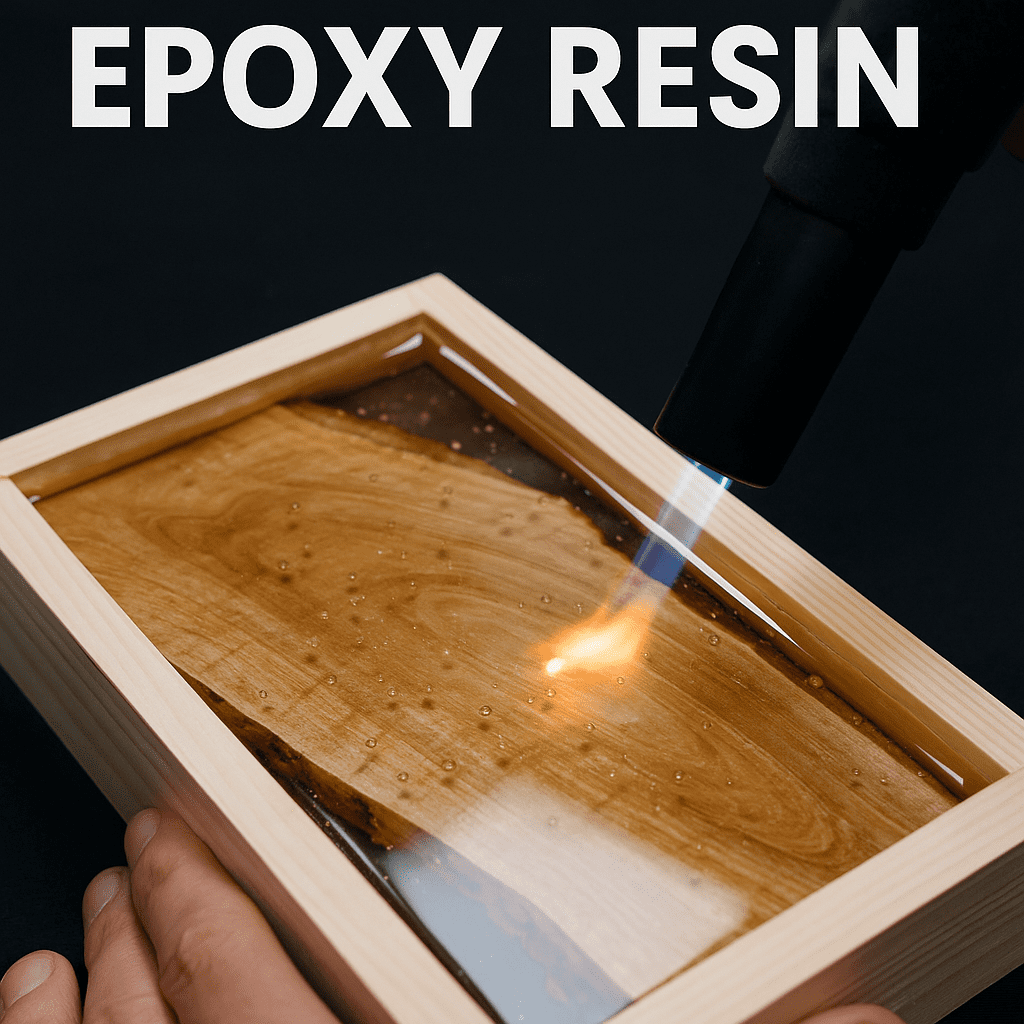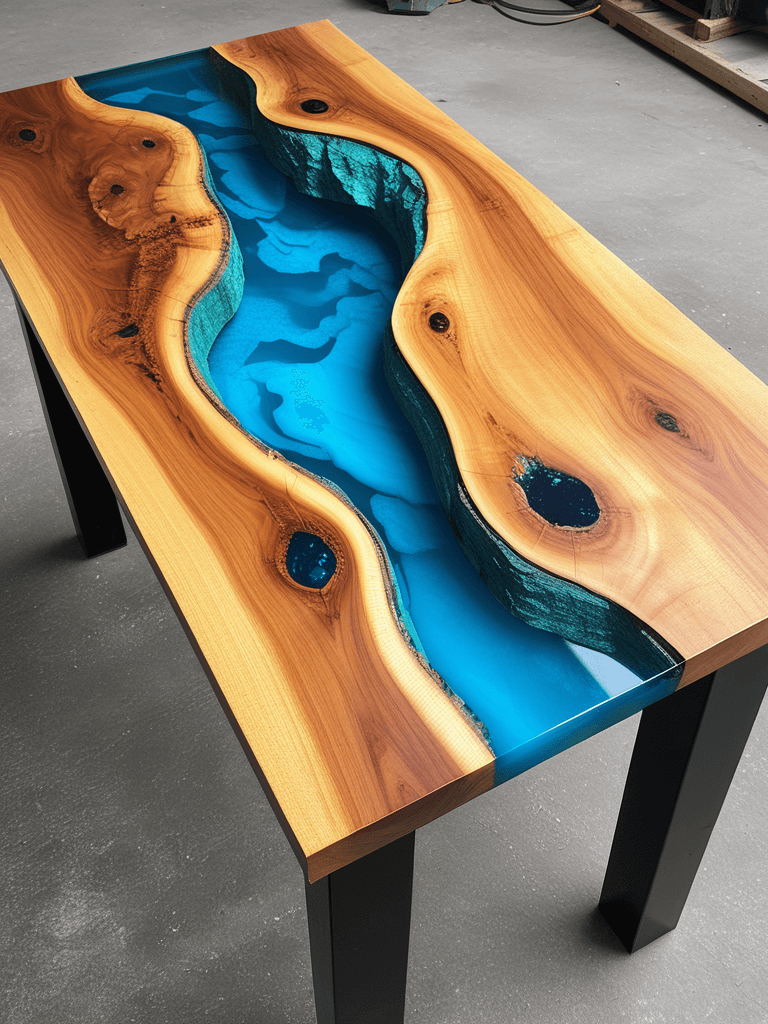How to Polish Epoxy Resin to a High Gloss: 5 Pro Tips for a Mirror Finish

How to Polish Epoxy Resin to a High Gloss: 5 Pro Tips for a Mirror Finish

If you’re wondering how to polish epoxy resin to a high gloss, you’re in the right place.
Below is a field‑tested workflow that turns a slightly hazy surface into a mirror‑like finish—fast, repeatable, and beginner‑friendly.
What You’ll Need
- Wet/dry sandpaper: 600, 800, 1000, 1500, 2000, 3000 grits
- Dual‑action (DA) polisher or drill pad + foam pads (cutting & finishing)
- Polishing compound (medium → fine), microfiber towels, spray bottle with clean water
- Mask, gloves, eye protection; good lighting
Tip: Ensure your resin is fully cured before polishing. Room‑temperature systems often need 24–72h.
For deep pours like river tables, consider a longer cure window.
For deep pours like river tables, consider a longer cure window.
Recommended Grit Progression (from Flat & Even Surface)
| Stage | Grit | Goal | Notes |
|---|---|---|---|
| Flatten & de‑nib | 600 → 800 | Remove dust nibs & minor orange peel | Wet sand, light pressure, cross‑hatch strokes |
| Refine scratches | 1000 → 1500 | Eliminate 600/800 marks | Keep the surface clean, rinse often |
| Pre‑polish | 2000 → 3000 | Create uniform haze for compounding | Surface should look evenly satin |
| Compound | Medium compound + foam pad | Cut & bring up the gloss | Low speed; work in 30×30cm sections |
| Finish | Fine polish + soft pad | Mirror‑like clarity | Wipe with clean microfiber, inspect under raking light |
Step‑by‑Step: How to Polish Epoxy Resin to a High Gloss
- Level first. If you see waves or drip lines, spot‑level with 400–600 grit on a hard backing block.
- Wet sand through the grits. 600 → 800 → 1000 → 1500 → 2000 → 3000. Keep it wet and clean.
- Compound polish. Use a DA polisher with a medium foam pad and a quality compound. Work slowly; overlap passes.
- Finish polish. Switch to a soft finishing pad and fine polish until the surface pops like a mirror.
- Protect. Wipe down with IPA, then optionally apply a resin‑safe glaze or wax for extra depth.
Pro Tips for a Mirror Finish
- Use raking light at a low angle to spot scratches you missed.
- Don’t skip grits—deep scratches hide until the very end.
- If you sand through, re‑coat with a thin flood layer (e.g., 316AB Dome Coating) and re‑cure.
- For deep pours, start right by selecting a low‑exotherm casting system like 3230AB Deep Pour Resin to minimize defects before polishing.
Common Mistakes to Avoid
- Polishing before full cure: surface heats up and smears instead of glossing.
- Dirty pads or towels: they re‑introduce scratches—clean/replace often.
- Too much pressure: let the pad and compound work; excess pressure creates swirls.
Want a deeper dive into pad/compound science? See this practical overview from 3M:
3M Perfect‑It polishing compounds.
Need a Resin That Polishes to Glass?
Choose a system designed for clarity and stability. For coatings, try 316AB.
For thick casting projects like river tables, go with 3230AB.
Have questions about curing or sanding sequences? Contact us for TDS/SDS and free technical support.





